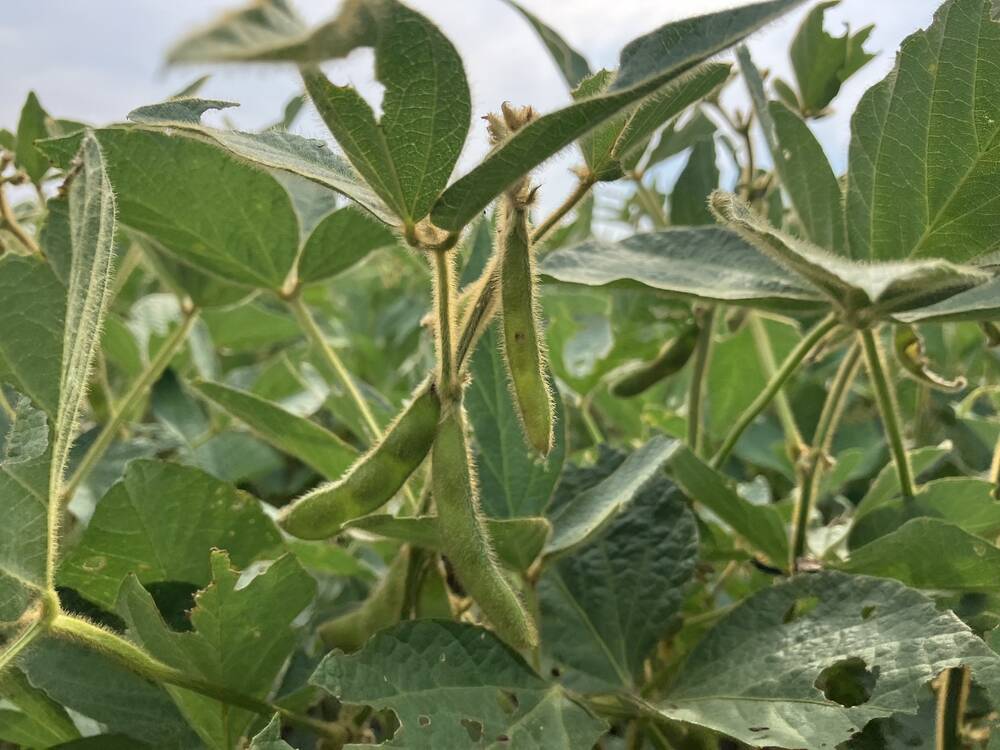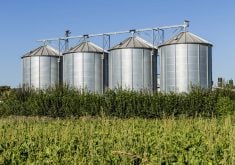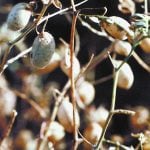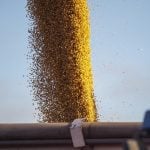Up until now, things have gone well for the 2024-25 South American soybean crop.
A lack of weather concerns and increased seeded area provided ideal conditions for a record harvest, especially in Brazil, where many expect production to surpass 170 million tonnes this year.
However, summer in South America is starting to rear its ugly head.
Read Also
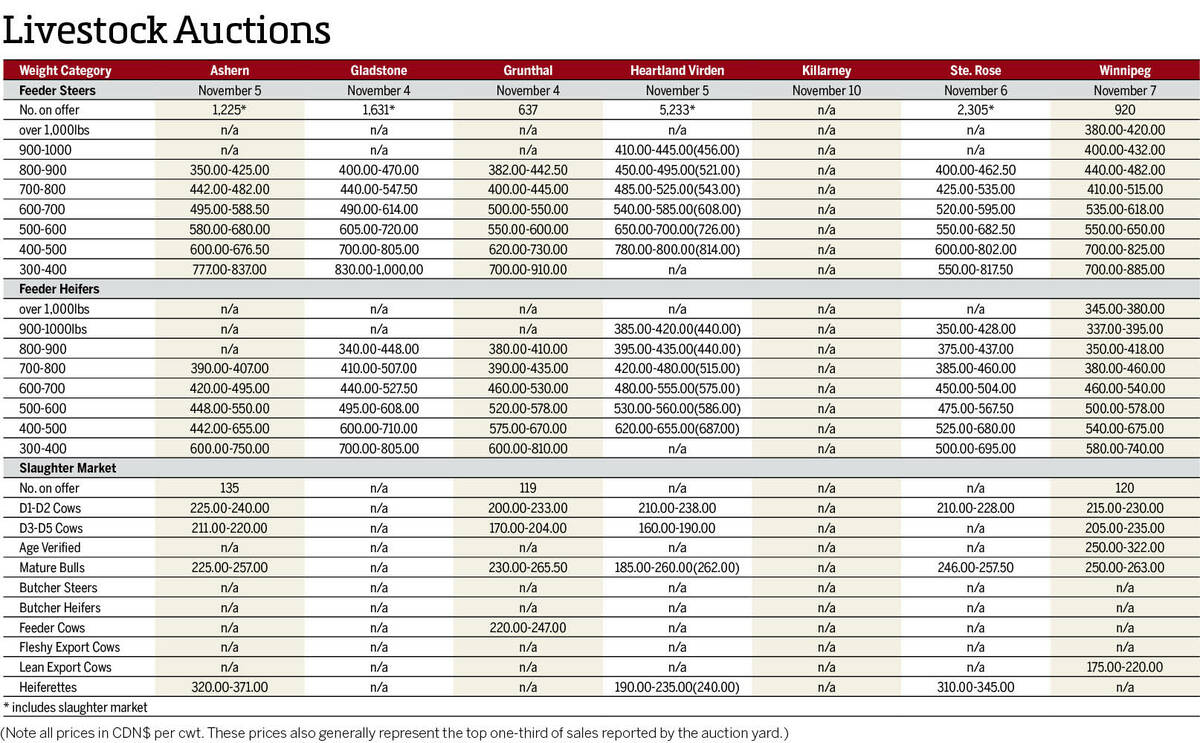
Manitoba cattle prices – Nov. 10
Cattle prices from Manitoba’s major auction marts for the week of Nov. 4-10.
In a Jan. 8 Reuters report, some areas in Brazil’s southern-most state of Rio Grande do Sul, which could produce more than 20 million tonnes of soybeans this year, haven’t seen substantial rains for up to three weeks. The state’s northwestern region is unlikely to have any rain in two weeks. On the other end, Mato Grosso in central Brazil, another top soybean-producing state, could get 170 millimetres of rain over the next 10 days, disrupting the start of harvest there.
Argentina has also seen a dry spell, but weather forecasts are predicting 50 to 75 mm of rain to come in growing regions starting next week, according to the Buenos Aires Grain Exchange. The expected planting area for soybeans this year in that country is set to be 18.4 million hectares compared to only 6.6 million for corn, due in part to disease concerns for the latter.
Even if drought and rains hamper South American soybean production, it may not be enough to prevent a record harvest in Brazil. In 2023-24, the country produced 153 million tonnes, 10 per cent less than what is projected for this year. At this time last year, the March soybean contract was at around US$12.50/bu. Now, it is hovering around US$10/bu.
In December, the USDA anticipated 2024-25 Brazilian ending stocks to be 33.52 million tonnes — 5.55 million more than the previous year with little year-by-year change in domestic crush and exports.
Soyoil prices appear to be more likely to rise than soybeans, as Argentina, Brazil and the United States are pegged to export more in 2024-25. The March contract at the Chicago Board of Trade hit its highest point in nearly a month, surpassing 44 cents per pound.
Canola prices would usually follow soyoil’s lead, but a weakening export pace and uncertainties over tariff threats from China and the U.S. have pressured them as of Jan. 9.
Weather can always pose a threat to a crop, but the South American crop is large enough to take some blows without being knocked down.


